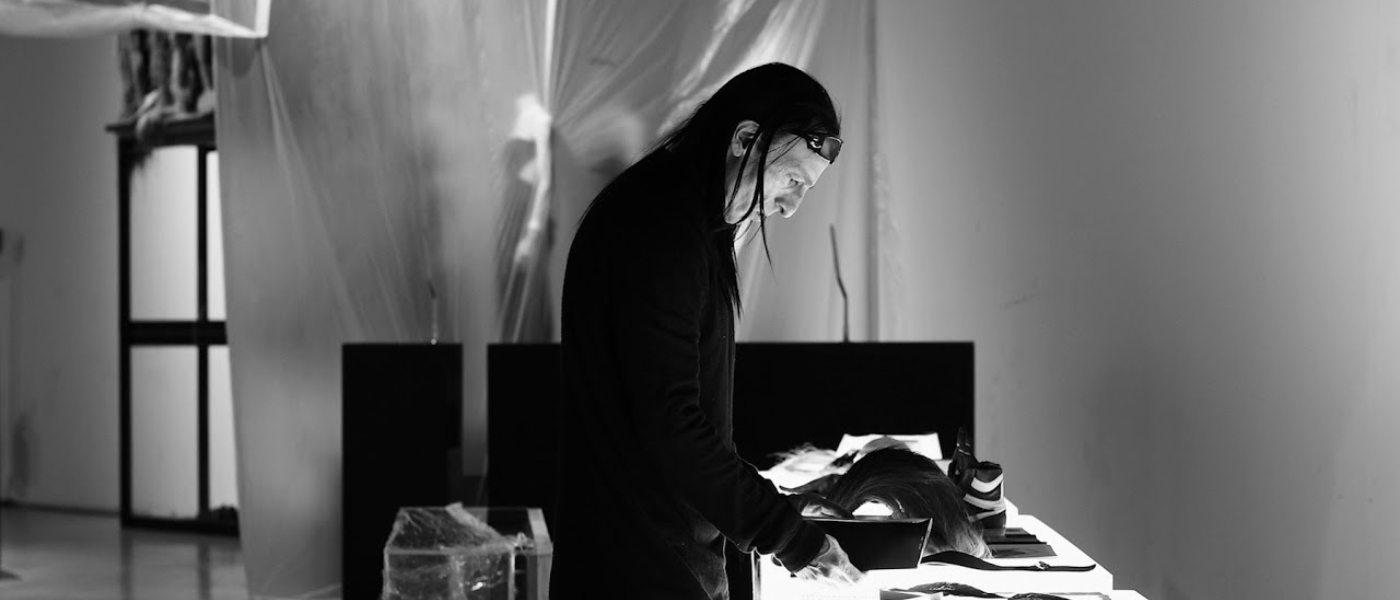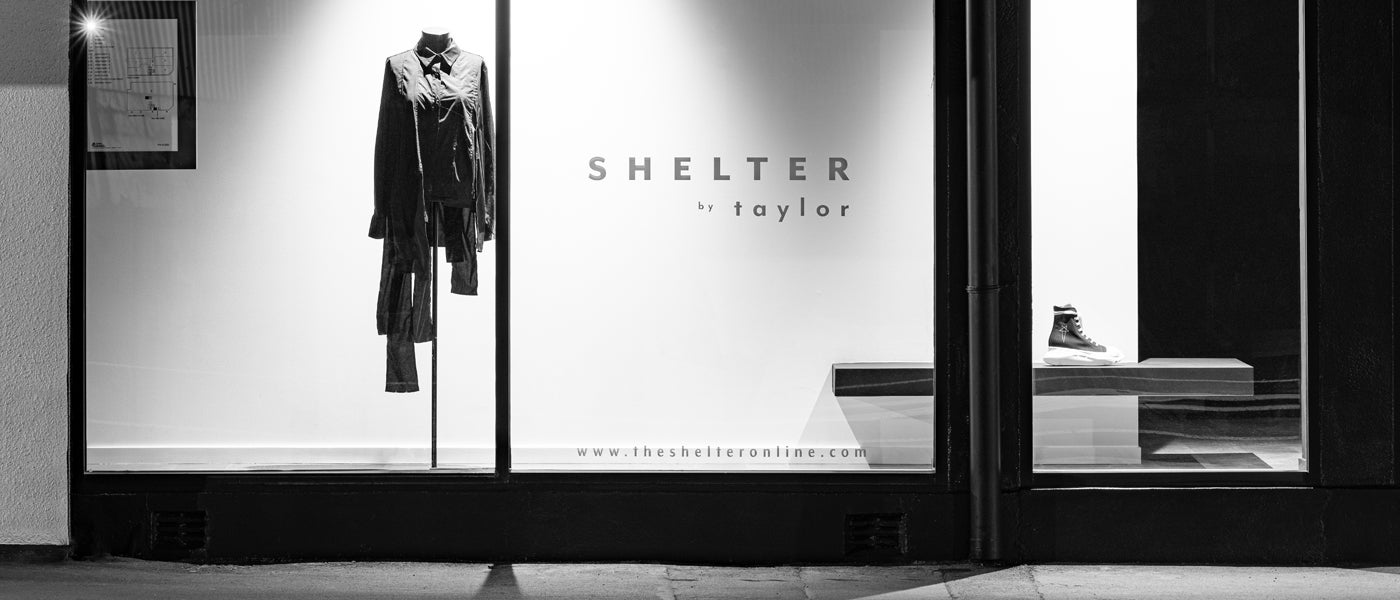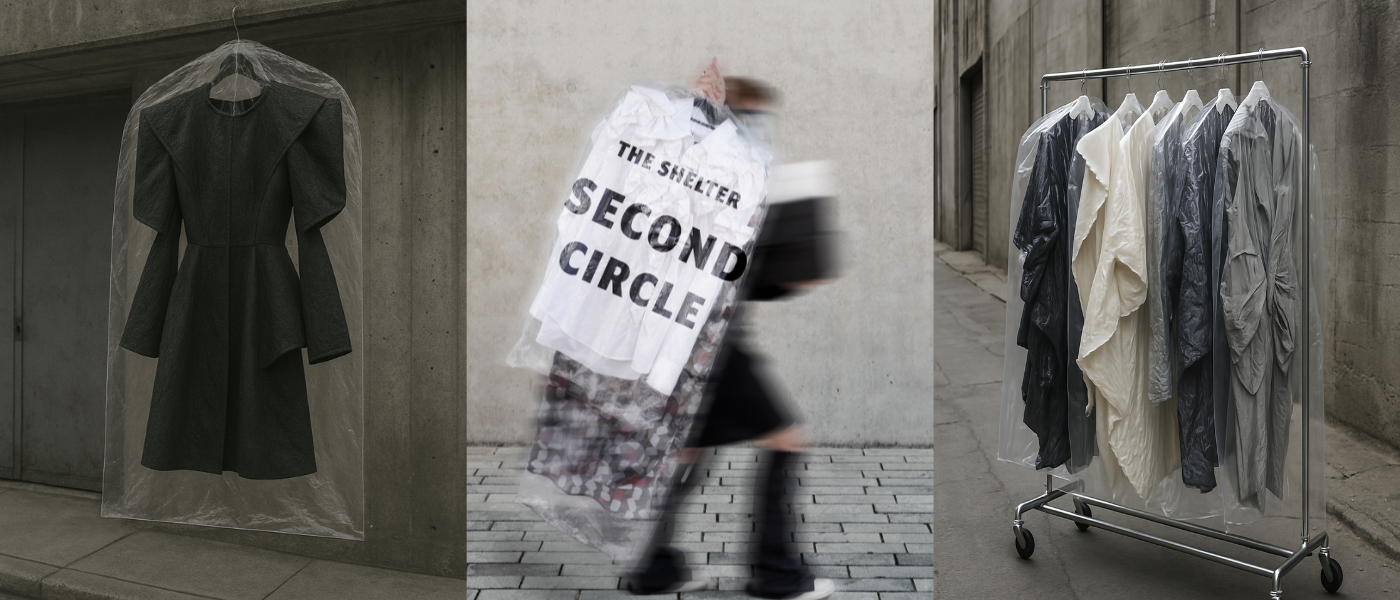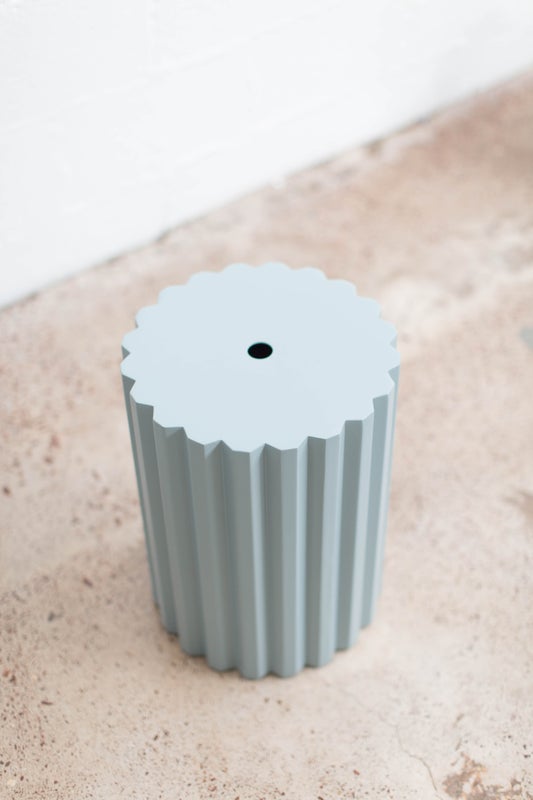
Shelter Gallery Artist Profile 03: Rupert Enberg
Posted:
Next up on our Shelter Gallery Profile series, we have Rupert Enberg. Having recently go out on his own, Rupert talks us through the importance of originality, his design processes and what you'll find from him in the Make sure to visit '
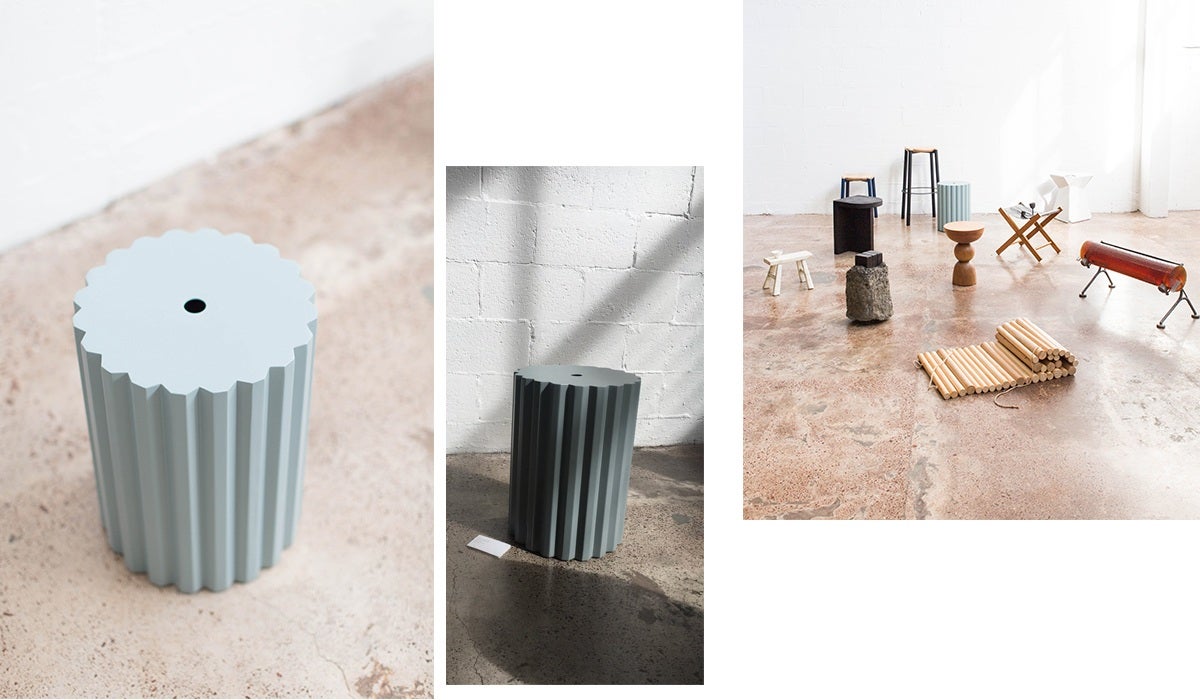
How did you get started on your career path?
I completed a B.Des (Spatial) a number of years ago and then really was not sure what exactly I wanted to do. Lived in Tokyo for five years and through this was exposed to a culture which I feel values the subtleties of design across many spheres...product, furniture, spatial, food etc... That is probably what gave me the push to focus a little more on design in general as a potential career. Most recently I was working as a designer at David Trubridge Studio for three years before coming back to Auckland.
Can you talk us through the process of making your work?
I think it varies quite a lot depending on the work. Sketching either pen and paper or as is becoming more usual a small Wacom tablet and Sketchbook. Fold some cardboard or some digital clay sculpting then work with a few specific CAD packages be it surface modelling or a more solid parametric approach. Not being a traditional maker, additive manufacturing, digital wax and flat patterns are usually the next step for prototyping and functional testing.
Does living in New Zealand influence your work?
Hmmm...not particularly. Auckland is handy as within a twenty minute radius I can travel to most outfits which might be cutting, folding, bending pieces etc.
Is there a particular piece of work you would like to be remembered for?
Ask me in forty years.
How do you want your audience to feel when experiencing your work?
It is safe to say everyone has their own tastes, preferences, aesthetic... If anything, I would be happy if they thought ‘Oh, I haven’t seen that before’, ‘That’s different’...along those lines. I have no interest in copying something or subscribing to a specific design aesthetic. I don’t really see the point in creating something that has ambiguous origins. It’s important that my work has a strong graphic component.
Do you have a role model that you look to for inspiration?
Not so much a single person. There are some horologers whose work I admire, jewellers, micro-engineering and such things.
How has your work evolved over the years?
Having only recently started to work on my own I would refer you to an earlier question.
Why do you love what you do?
It’s just so hard to find products I like, (other designers, artists in the show excluding) so I guess one has to design their own.
Where can we find your work?
As I have only recently started working on my own pieces , I am very grateful to the Shelter for hosting this first show and this being the only place to find my work. My first collection is currently in the works, however I am always happy to explore private commissions.
Can you talk us through your piece of work that is currently installed at The Shelter?
So, Spline stool really came about as an experiment in folding and using very light gauge aluminium. It weighs just over 2.5kg. Aesthetically is functions incredibly well in any type of space primarily because of its graphic nature. It’s one material, nothing is superfluous, no hiding.
Make sure to visit '
